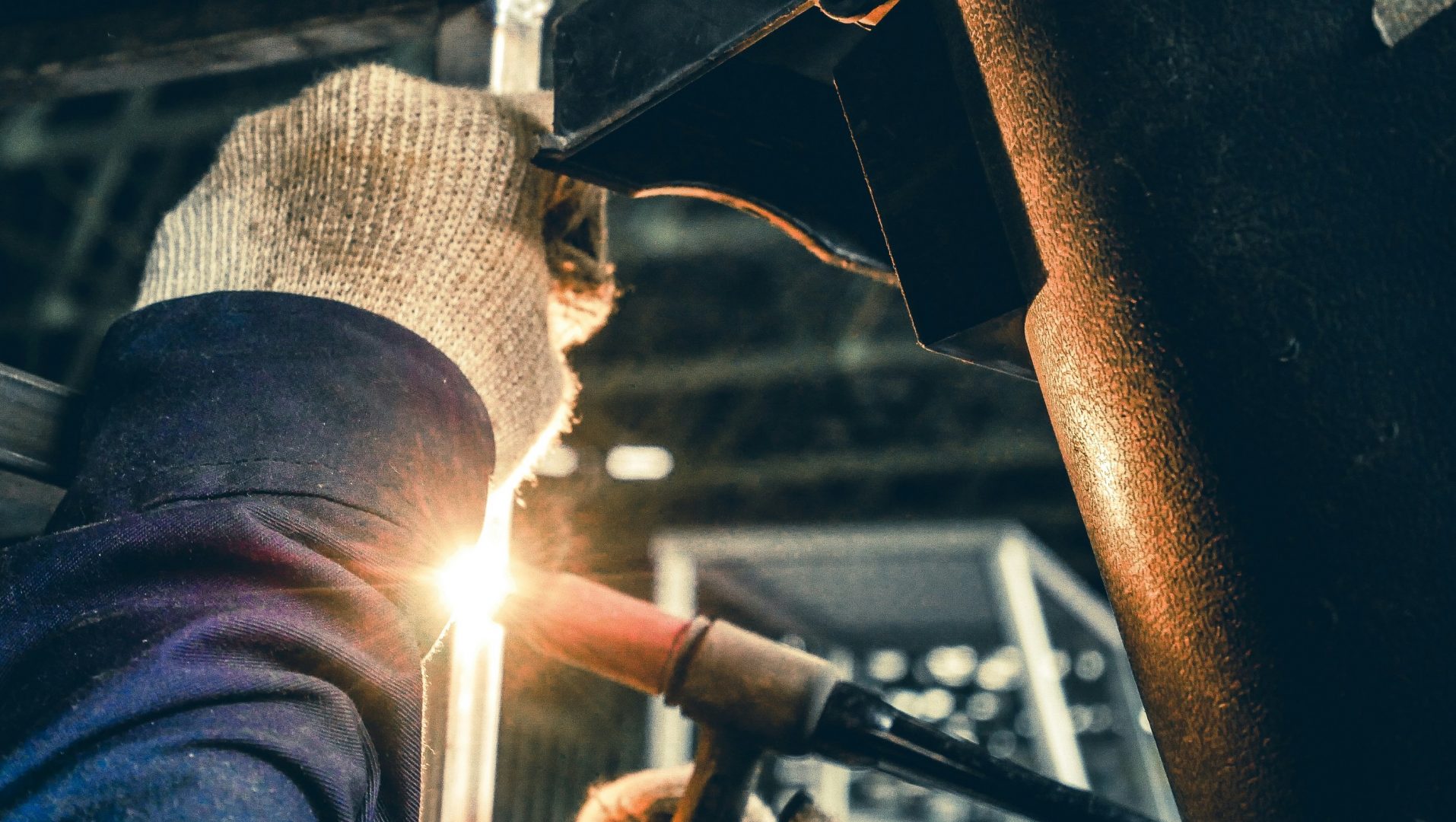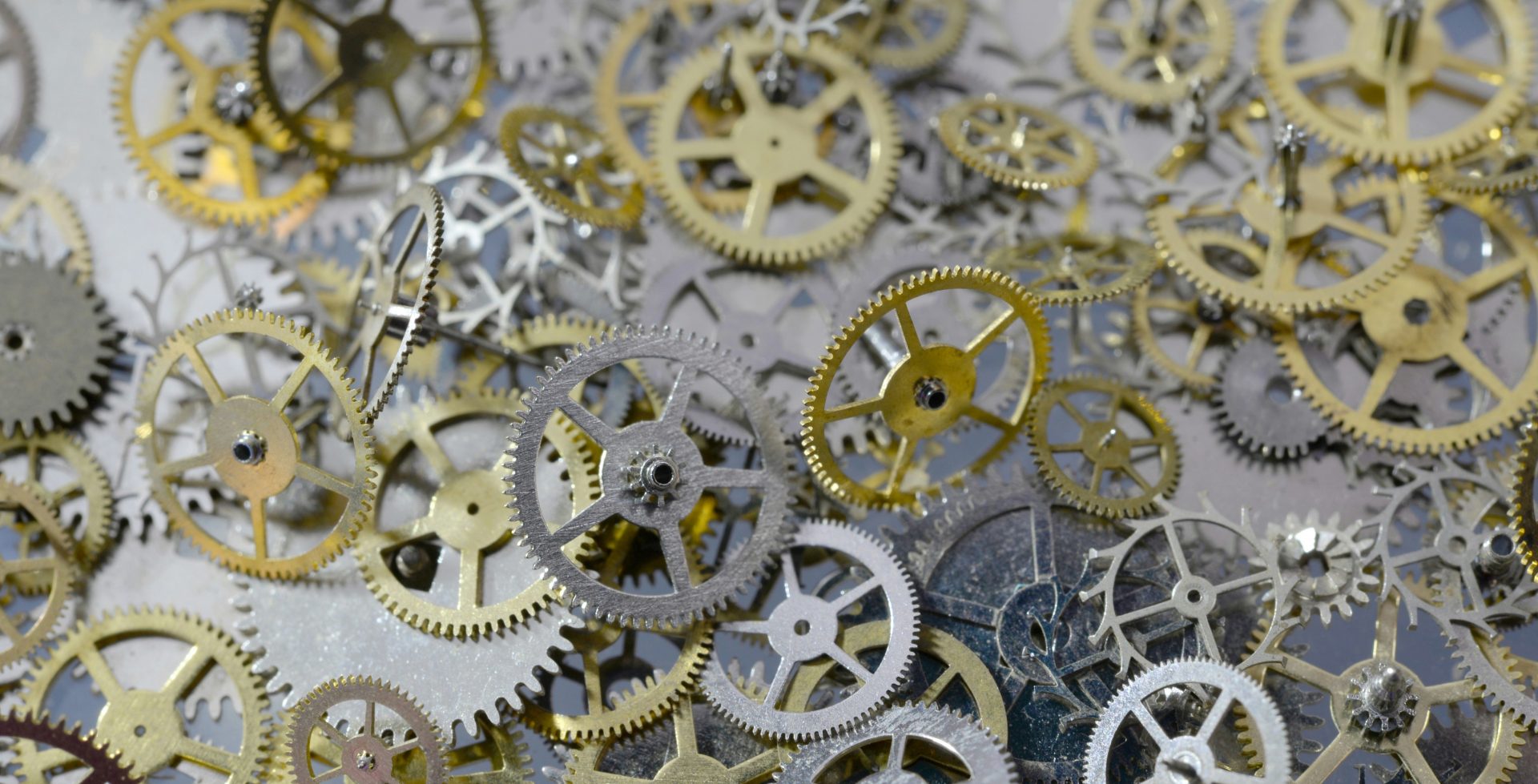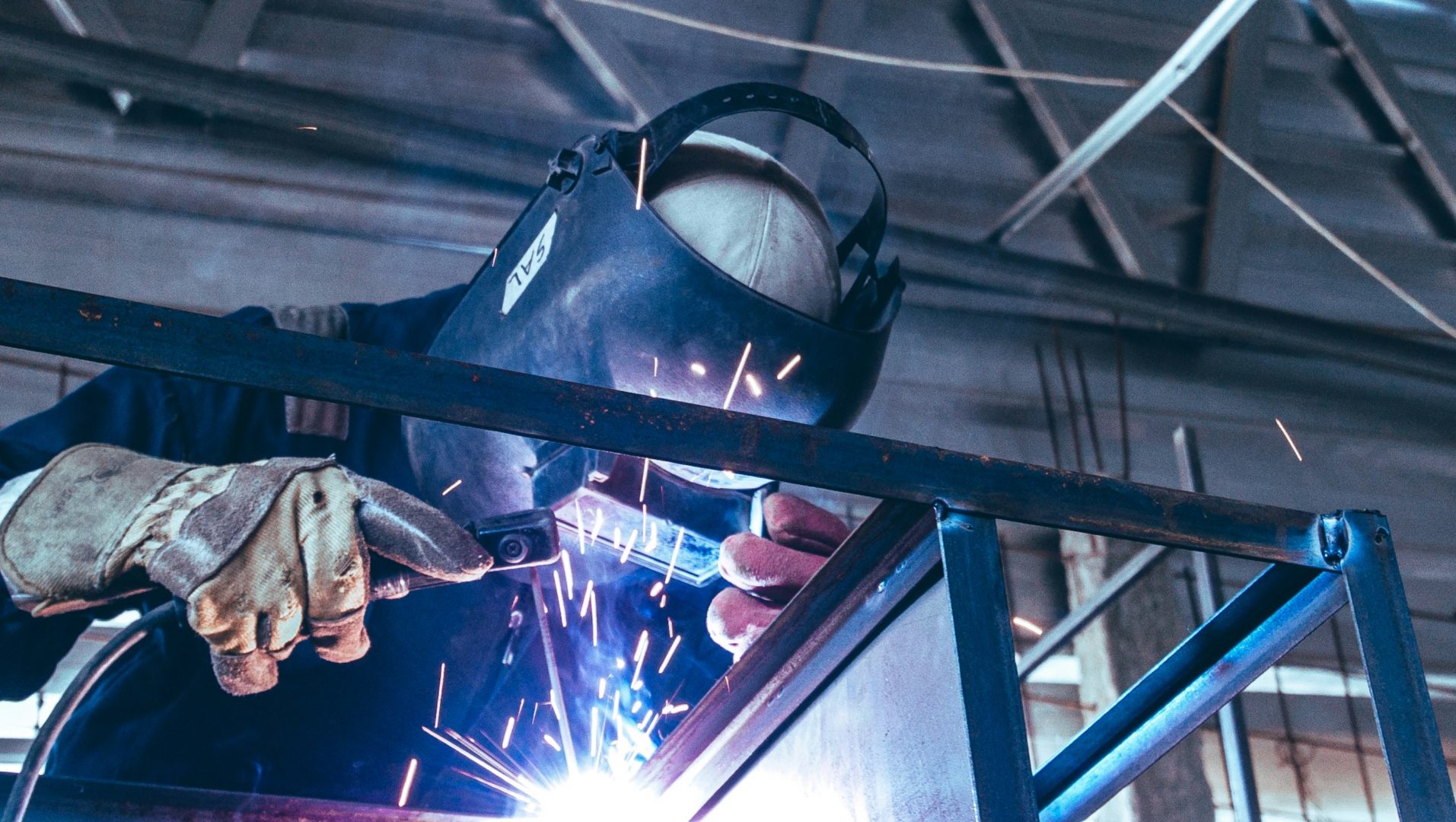Welding is a fundamental process in various industries, enabling the construction and repair of metal structures and components. From large-scale skyscrapers and intricate car parts to everyday household items, welding plays a crucial role in shaping our actions and surroundings. This article explores the different types of welding and their specific applications.
Welding dates back to the Middle Ages, although the modern method that we know did not come about until the 19th century. Today, welding is a skilled role and one that covers many areas, whereby welders use different methods that form part of the welding process. It’s a diverse craft and one that relies heavily on skill and technology to undertake correctly.
The four main types of welding include:
- Tungsten Inert Gas (TIGW) Welding
- Metal Inert Gas (MIG) Welding
- Shielded Plasma Metal Arc Welding
- Flux Cored Arc Welding (FCAW)

The different types of welding explained
Tungsten Inert Gas (TIGW) Welding
Tungsten Inert Gas (TIG) welding, also known as Gas Tungsten Arc Welding (GTAW), is a precise welding technique known for producing high-quality welds. It uses a non-consumable tungsten electrode to create the weld, with an inert gas like argon or helium, shielding the area from contamination.
TIG welding can weld various metals, including stainless steel, aluminium, copper, and magnesium and is commonly used in industries such as aerospace, automotive, and art metalwork, where the quality and appearance of the weld are very important. Its ability to produce strong, precise, and visually appealing welds makes it a top choice for critical applications which are used in high-demand areas or go under a great amount of pressure.
Metal Inert Gas (MIG) Welding
Gas Metal Arc Welding (GMAW), is popular for its speed and ease of use. MIG welding is also simple, making it great for beginners and projects that need quick, efficient results using various metals, including steel, aluminium, and stainless steel.
Used in industries such as automotive, construction, and manufacturing, this method is fast, continuous and can be easily automated, working well for both thick and thin materials.
Shielded Plasma Metal Arc Welding
Also referred to as stick welding, this form of welding is a simple and versatile method which uses a consumable electrode coated in flux. When the electrode creates an arc with the metal, both the electrode and flux melt, forming a weld pool.
SMAW can weld various metals, including steel, stainless steel, and cast iron. It’s effective for welding thicker materials and is portable, as it doesn’t need external gas or continuous wire feed. Commonly used in construction, repairs, and industrial fabrication, SMAW is good for fieldwork and outdoor welding since it’s less affected by wind.

Flux Cored Arc Welding (FCAW)
There are two main types of FCAW:
- Self-Shielded FCAW (FCAW-S): This type doesn’t need external gas, as the flux provides all the shielding. It’s great for outdoor work where wind might blow away shielding gas.
- Gas-Shielded FCAW (FCAW-G): This type uses both flux and an external shielding gas, usually in indoor settings, for cleaner welds.
FCAW is good for welding thick materials and works on metals like steel, stainless steel, and nickel alloys. It’s widely used in construction, shipbuilding, and heavy equipment manufacturing because it welds quickly and deeply. Overall, FCAW combines benefits from other welding methods, offering flexibility and efficiency for many industrial tasks.
What is power Welding?
Power welding is a broad term that refers to the use of electrical power to create heat and join metal pieces together.
There are various types of power welding, such as arc welding, resistance welding, and laser welding. Each method generates heat and forms welds differently. For instance, arc welding uses an electric arc to heat the metal, resistance welding heats the metal through an electric current, and laser welding employs a focused beam of high-energy light to melt the metal. Power welding is extensively used in industries like construction, manufacturing, and automotive due to its speed, precision, and cost-effectiveness.

Arc welding: this method uses an electric arc to melt and join metals. In simple terms: an electric current creates a spark (the arc) between a metal stick (electrode) and the pieces of metal being joined. The heat from the arc melts the metals, and when they cool down, they fuse together to form a strong bond.
Resistant welding: resistance welding is a process that joins metals by applying pressure and passing an electric current through the metal pieces. Two pieces of metal are pressed together, and an electric current is passed through them. The resistance to the current generates heat, which melts the metals at the contact point. When the metals cool down, they fuse together, creating a strong joint.
Laser welding: this process uses a focused beam of high-energy light to join metals. A powerful laser beam is directed at the metal pieces, creating intense heat that melts the metals. As the molten metals cool down, they fuse together, forming a strong bond. Laser welding is precise, fast, and ideal for detailed and delicate work, often used in industries like electronics, aerospace, and medical device manufacturing. Find out more about the laser welding process.
Laser welding services across the UK
Pro Moulds offer laser welding services across the whole of the UK, from our base here in Nottinghamshire. We also provide services in tool design, mould making and injection moulding.
As one of the favoured companies that provide laser welding, our experienced technicians can ensure that any damage or adaptation to your mould is skilfully welded exactly where needed, ensuring rework post-weld is kept to a minimum.
Call us today on 01623 904 417 for any laser welding advice!
